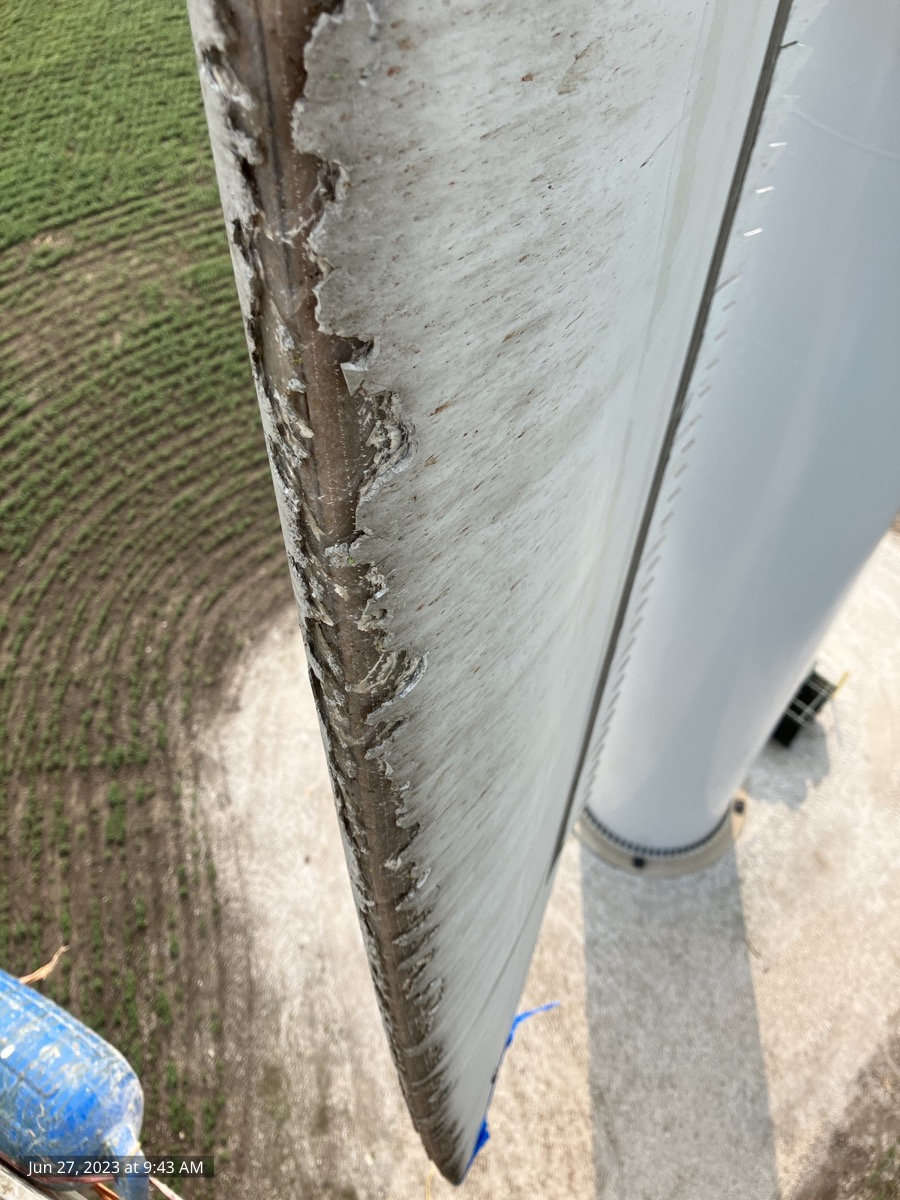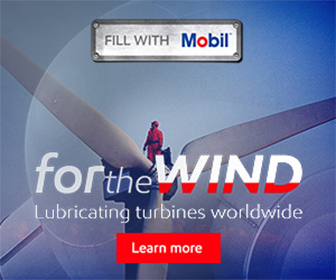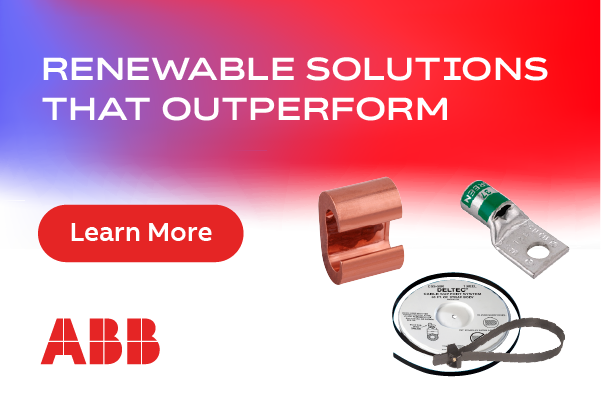Changing Winds: Prepping for the future
Anybody out there have a crystal ball? A tried-and-true way of forecasting the future? In the movies, the crystal ball and fortune-teller always see the future. With all the changes we see on the horizon, especially post-election, we also know there are changes we don’t see. The wind industry is watching carefully to see what our new president and his team do with renewables. One thing we do know is this: As organizations and as professionals, we need to try our best to prepare.

One way to prepare is to build your Adaptability Quotient, aka your “AQ.” What the heck is AQ? Well, it’s a form of intelligence, part of a three-legged stool, along with IQ (general intelligence) and EQ (emotional intelligence). It is the ability to navigate change. Resilience, curiosity, and flexibility are all components of AQ. You might think these are inborn qualities, but the truth is that these skills can be learned and refined.
Let’s talk about how to build your AQ, and that of your organization.
1. Resilience
Resilience is the ability to bounce back from failures or mistakes quickly. It’s also the ability to learn from those mistakes. We all know that Thomas Edison made multiple attempts to invent the incandescent lightbulb before finally achieving success. To paraphrase one of his quotes, each attempt was viewed by Edison not as a failure, but a learning experience that got him closer to success. If you can cultivate that approach to mistakes, taking some time to learn from them before forging ahead, you are building resilience. You also refuse to throw in the towel after the first two or three errors — you are tenacious and keep trying, albeit in a different way from the first few attempts. It’s also helpful to develop a Plan B, or contingency plan. For example, if you are having trouble maintaining your turbine blades and sourcing enough quality blade technicians in the face of increased bad weather, maybe investing in leading edge protection will get you longer life out of your blades.
2. Curiosity
Curiosity involves really digging into a situation and trying to understand the “why” behind it. What motivated that customer decision? What are the potential outcomes of your decision? A best-case, worst-case, and mid-case scenario can be modelled to examine potential outcomes, and evaluate how you or your organization might respond. What are the second and third steps likely to happen after that first step? Can you consider a long-term outcome as well as a short-term outcome? Exploring the “why” could lead you to consider a less obvious opportunity. A perfect example is the now defunct retail video rental store Blockbuster. Blockbuster turned down an opportunity to partner with NetFlix. We all know which company survived and which didn’t. Blockbuster’s lack of foresight and costly mistake illustrates the danger of failing to consider the less obvious opportunities. NetFlix was not only interested in renting movies, video games, and televised serial entertainment — they pioneered streaming and a subscription business model. Blockbuster never looked beyond video rentals; instead of looking for outside inspiration, and trying to understand the customer experience, its myopia caused its failure. In the energy space, we can use coal as an example. Though it is a finite resource, could coal and wind co-exist and drive energy independence on the same highway, but in different lanes?
 3. Flexibility
3. Flexibility
Flexibility can be tough to cultivate. It almost requires you to “un-learn,” to intentionally investigate alternative viewpoints and ways of working. One way to achieve this is to choose an alternative mental model. If you struggle with this, study other cultures, or acknowledge “confirmation bias” (the habit of rejecting information that doesn’t conform to your current mindset or opinion). Try taking the opposite view of a given approach. Even try to argue the opposite view. This is often how trial lawyers prepare — they anticipate arguments. Play the role of “Designated Devil’s Advocate” with your own team and your own preferred way of doing things. I worked with an engineer once who purposefully shot down any and every first approach from prospective vendors. I did not know it at the time, but he was testing for tenacity, as well as the vendor’s ability to understand his business needs and priorities, not just the vendor’s ability to “sell.” This practice of digging deeper and seeking to understand will help you build empathy — an important component of EQ — and learn to pivot quickly when a situation calls for it. It’s important to study what is really causing a certain situation or behavior. That small town mayor that gets cranky before every Town Hall meeting about a proposed windfarm might actually be afraid that his lack of knowledge on wind power will be exposed, and really just needs a primer on the topic.
Reframe problems as opportunities
If you can anticipate problems and solve for them, you can build your adaptability. For example, we have a greater need now for real-time inventory and delivery information — can we quickly capitalize on that? What kinds of opportunities are you solving for today? At home? At work? Rapid changes in our micro and macro-environment are creating opportunities, but only if you choose to view it that way. Individuals, organizations, and societies that can adapt quickly will thrive and survive. Maybe the wind industry should consider going into PR overdrive on how renewables and fossil fuels are complementary energy sources. That high AQ will help draw connections and find solutions that are not obvious, all of which spurs growth. Instead of being frustrated and gnashing your teeth, throw away the crystal ball — it never works in real life anyway.
Desirée Grace is General Manager at Flex-Wind North America.
Flex-Wind North America | www.flex-wind.com
Author: Desirée Grace
Volume: 2025 January/February









